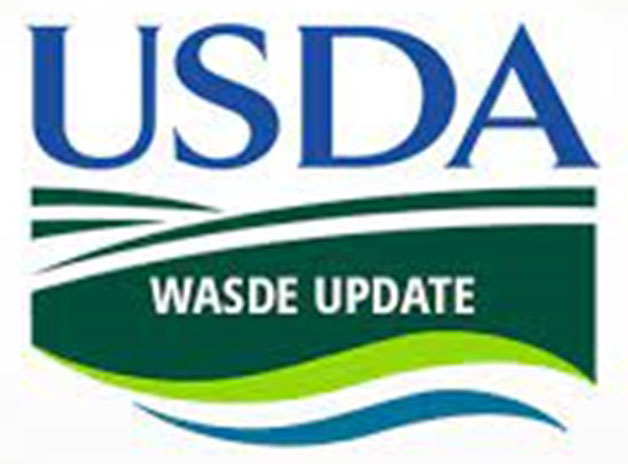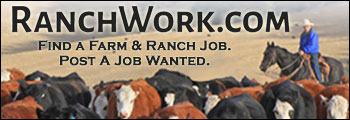February ‘World Agricultural Supply and Demand Estimates’
LIVESTOCK & POULTRY:
For 2025, the beef production forecast is raised from last month. On February 1, 2025, the Animal and Plant Health Inspection Service (APHIS) announced the resumption of cattle imports from Mexico through approved facilities and newly implemented protocols to mitigate the spread of New World Screwworm. Additionally, the USDA’s January Cattle report estimated a larger calf crop for 2024 and a smaller decline in cattle outside feedlots than previously expected. As a result, higher placements are expected for the year and slaughter is raised, primarily in the second half of the year. Dressed weights are also raised.
Pork production is raised as higher weights throughout the year more than offset the slower rate of slaughter expected in the first quarter. Broiler production is unchanged, with an expected slower rate of slaughter in the first quarter, in part due to Highly Pathogenic Avian Influenza (HPAI)-related culling, offset by increased production in the third quarter. Turkey production is also lowered on HPAI-related culling and the latest hatchery data. Egg production is reduced in every quarter of 2025 due to HPAI-related culling reported through early February, as the flock is expected to steadily rebuild, particularly in the second half of the year.
Beef exports for 2025 are raised on the increase in production and continued strong global beef demand. Beef imports are unchanged. Pork exports are lowered for the second half of the year on slower-than-previously-expected growth in several key export markets. The broiler export forecast is lowered on recent trade data and increased global export competition. The turkey export forecast is lowered on reduced domestic supplies.
For 2025, cattle prices are raised for all four quarters on recent prices and continued strong beef demand. Hog prices are raised for the first quarter on recent prices. The 2025 broiler price forecast is unchanged, as a lower forecast for the first quarter based on recent prices is offset by raised price expectations for the second half of the year. The turkey price forecast is lowered on recent prices and continued weakness in demand. Egg prices are raised for all four quarters, as the flock recovers from the HPAI-related reductions reported through early February.
CORN:
This month’s 2024/25 U.S. corn supply and use outlook is unchanged from last month. The projected season-average farm price is raised 10 cents to $4.35 per bushel. Global coarse grain production for 2024/25 is forecast 1.8 million tons lower to 1.492 billion.
This month’s foreign coarse grain outlook is for reduced production, trade, and ending stocks. Foreign corn production is forecast down with declines for Argentina and Brazil. Production is reduced for Argentina reflecting a cut in yield, as heat and dryness during January and into early February reduce yield prospects for early-planted corn in key central growing areas. For Brazil, the corn production forecast is reduced as slow second-crop planting progress in the Center-West lowers yield prospects.
Major global trade changes for 2024/25 include smaller projected corn exports for Brazil, Ukraine, and South Africa. Corn imports are cut for China but raised for Vietnam and Chile. Foreign corn ending stocks are reduced reflecting a reduction for China. Global corn ending stocks, at 290.3 million tons, are down 3.0 million.
WHEAT:
The 2024/25 U.S. wheat supply and demand outlook is for slightly higher domestic use that leads to lower ending stocks. Food use is raised 4 million bushels to 970 million, as wheat flour grind during the October-December quarter was up 2 percent from last year as indicated in the NASS Flour Milling Products report. Projected ending stocks decrease 4 million bushels to 794 million but are 14 percent above last year. The season-average farm price is unchanged at $5.55 per bushel.











